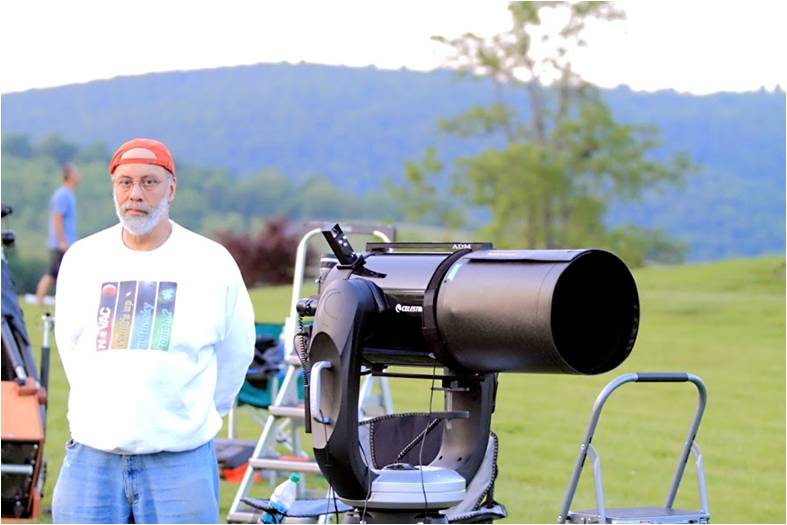Welcome to Cal's Deep Sky Observer Site!
 I am using this site to share my enthusiasm for amateur astronomy in general and deep sky object observing in particular. Explore deepskyobserver.space and enjoy!
I am using this site to share my enthusiasm for amateur astronomy in general and deep sky object observing in particular. Explore deepskyobserver.space and enjoy!
Getting Started
Learning the night sky is a good first step on the journey to deep sky observing. This process is similar to learning your way around when you move to a new town or neighborhood. You pick out a few major signposts and gradually add others until you achieve a good level of familiarity.
With the night sky, those signposts are the brightest stars and the patterns that they form -- the constellations. There are many good introductory stargazing books, but I recommend the one that I used to guide me (many years ago): The Stars: A New Way to See Them by H. A. Rey.
A quick note about the designations of deep-sky objects (nebulas, clusters, and galaxies). Most deep-sky objects are identified by one or more catalogues that they are a part of and their position in that catalogue. The most commonly referenced catalogs in amateur astronomy are the Messier Catalogue (M), New General Catalogue (NGC), Index Catalogue (IC), Caldwell Catalogue (C), and Barnard Catalogue (B). You can find a fairly comprehensive catalogue list here.
Categories
Quick Links
- » Northern Virginia Astronomy Club (NOVAC)
- » Westport Astronomical Society (WAS)
- » Analemma Society
- » Phoebe Waterman Haas Public Observatory
- » The Planetary Society
- » The Astronomical League
- » Middle Atlantic Planetarium Society
- » International Planetarium Society
- » Association of Lunar and Planetary Observers (ALPO)